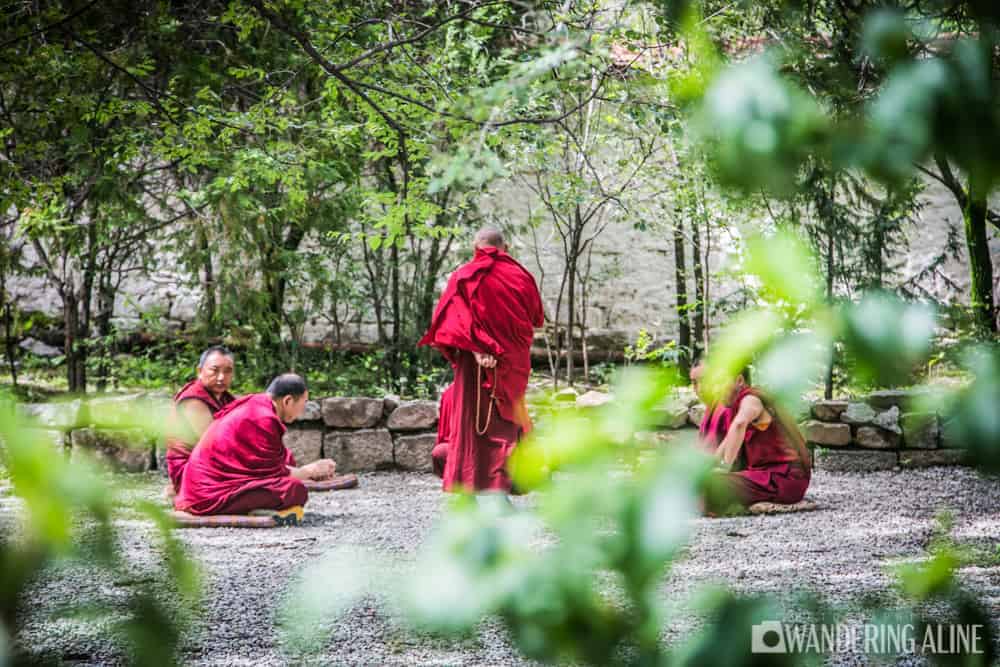The art of travel photography
Travel photography is an art form whose goal is to immortalize the places visited and the adventures experienced.
This type of photography encompasses several genres:
- landscape photography
- street photography
- portrait photography
- architectural photography
- lifestyle photography
Creating images is a low-cost activity and allows me to relive the moments long after the journey is over. It’s my favourite thing to do when I go on an adventure!

The equipment
The first thing to do is get to know your device, be it an iPhone or a camera. Then, don’t get bogged down with gadgets and are able to master what you have in order to create beautiful travel photos.
What I usually put in my bag:
- Canon 6D camera
- wide-angle lens (17-40 mm f/4)
- telephoto lens (24-105 mm f/4)
- Gorillapod tripod
- iPhone 13 Pro
The holiday season is upon us! Why not give your favourite traveller a new camera and unlock a welcome bonus!
This picture was taken with an iPhone 5: the image quality is not as good as on a newer phone or a real camera, but the principles of image creation are the same.
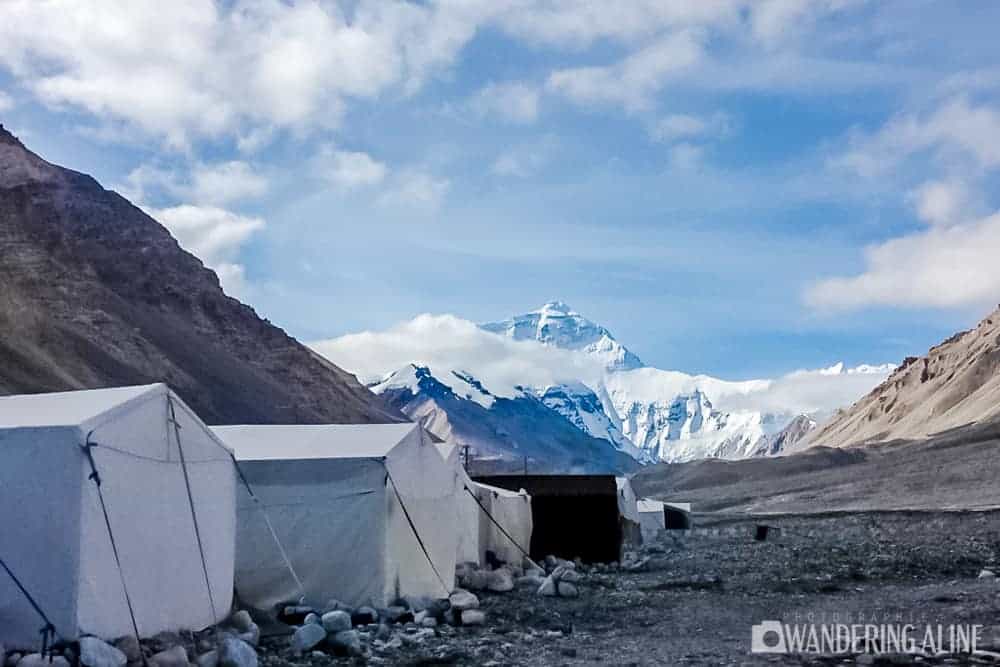
Photography equipment can be very expensive, so make sure you have home insurance that covers your belongings even while travelling. On my side, I pay extra to insure my camera and lenses when they’re not at home.
And don’t forget the cell phone, which is often worth more than $1,000 these days! At this level, some credit cards, such as the American Express Cobalt® Card, offer Mobile Device Insurance for a period of time if you pay for the entire purchase on the card.
Planning
When you find yourself in a stunning place, some planning is required to take the best travel shots.
Doing your research for the best views
On vacation, we often have limited time to explore. So, you need to do your research ahead of time so that you don’t miss the best moments for travel photos.
For example, during my trip to Cappadocia, I found out where the hot air balloons were taking off so I could be there at the right time! This opportunity only presented itself once during my stay as the hot air balloon rides were cancelled due to strong winds on my other days in Göreme.

How to get inspired to take beautiful pictures
Instagram‘s platform is a great tool to work on your artistic eye and discover great travel photography spots.
Before each getaway, I follow certain hashtags about my destination and note where the photos were taken as well as which time of the day provides the best lighting to snap the ultimate shot. The success of some photos greatly depends on the location of the sun!
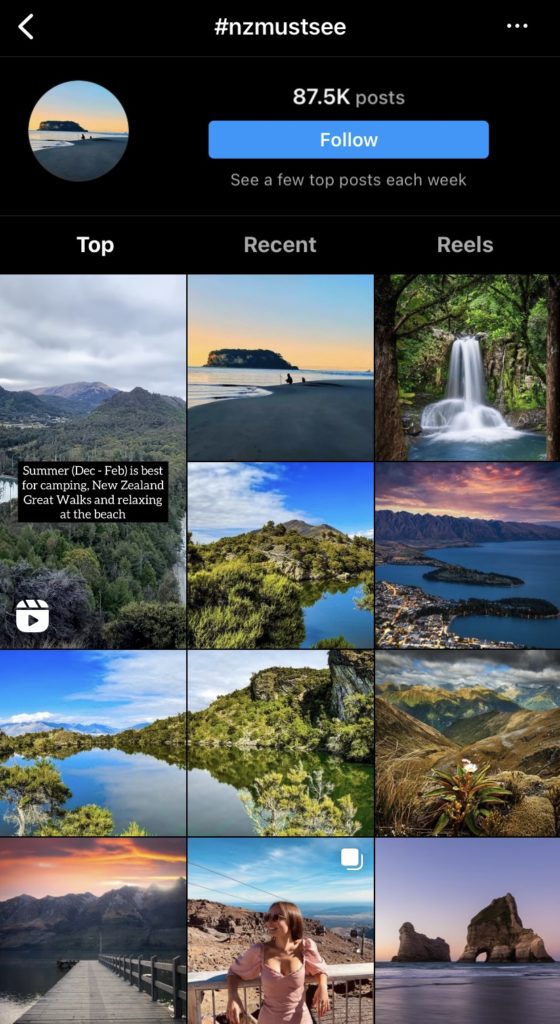
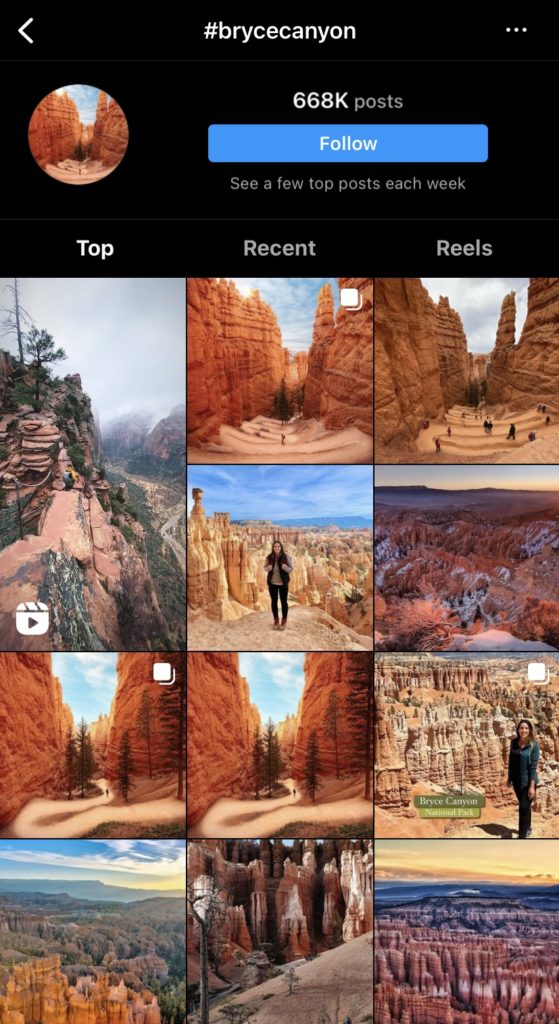
Finally, when I am there, I always look at the postcard displays in the souvenir shops. It also allows me to make a plan to visit the sights during a last-minute getaway.
Golden Hour
My favourite time for travel photos is at sunrise. During this time, it’s possible to create almost any image from any angle since the light is softer. Plus, there are very few people!
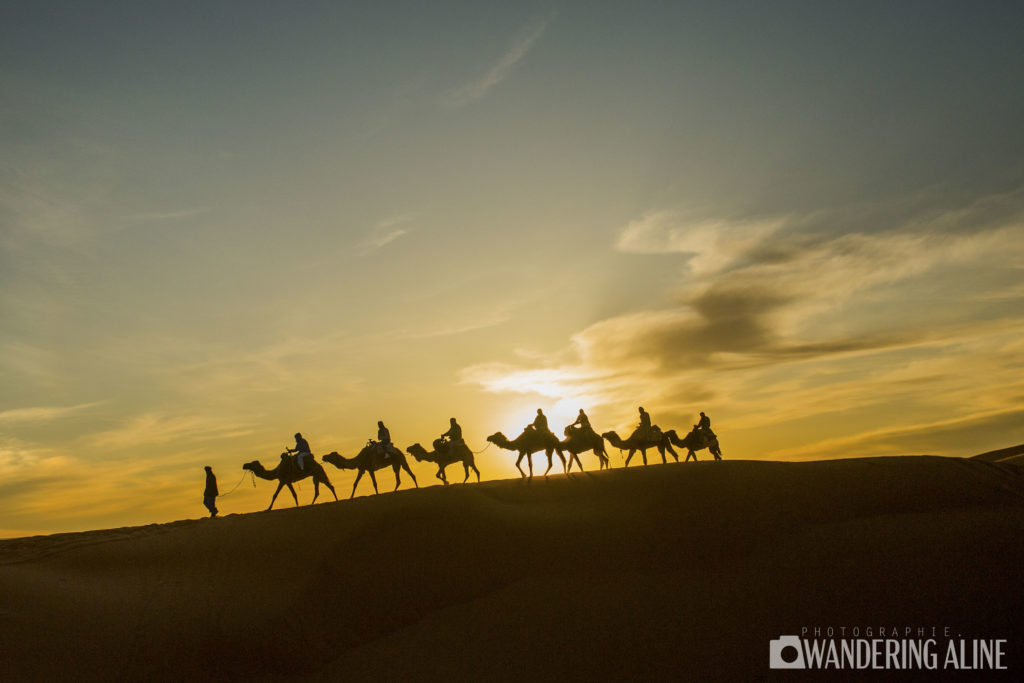
The world belongs to those who wake early.
And of course, the first rays of sunlight often give a magical effect to the images.
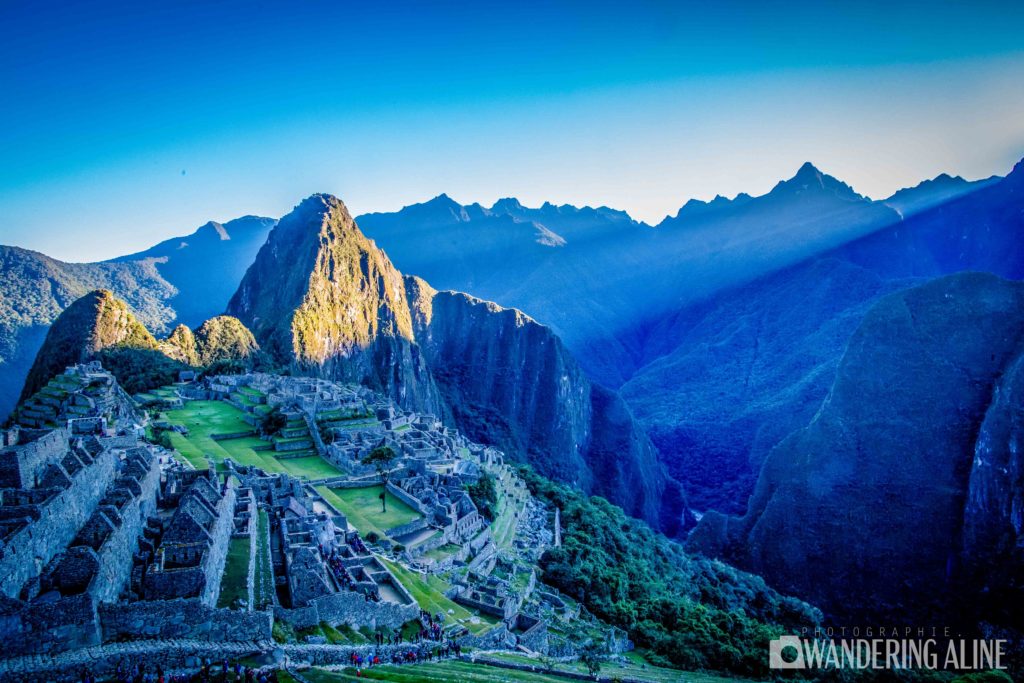
The rules of composition
The main goal to keep in mind when trying to compose a beautiful photo is to tell a story.
The rule of thirds and its variants
This strategy places the main subject in a third of the image as opposed to centring it.
Then the secondary subject, if any, is put in a different third of the landscape. This facilitates the visual flow.
A third of a photo is defined as being along these lines or at one of their intersections.

I usually follow this rule, but often I mix things up!
So how do you know what to do in different situations? The answer is simple: experiment with trial and error to determine how to compose the photo according to the context. When in doubt, take a centred and a third shot!

Add different elements to your image
When we lift the camera to take a picture, it is often because we have seen one or more things that have captured our attention.
Including a foreground element halfway through the image and in the background is a good recipe for an interesting scene.
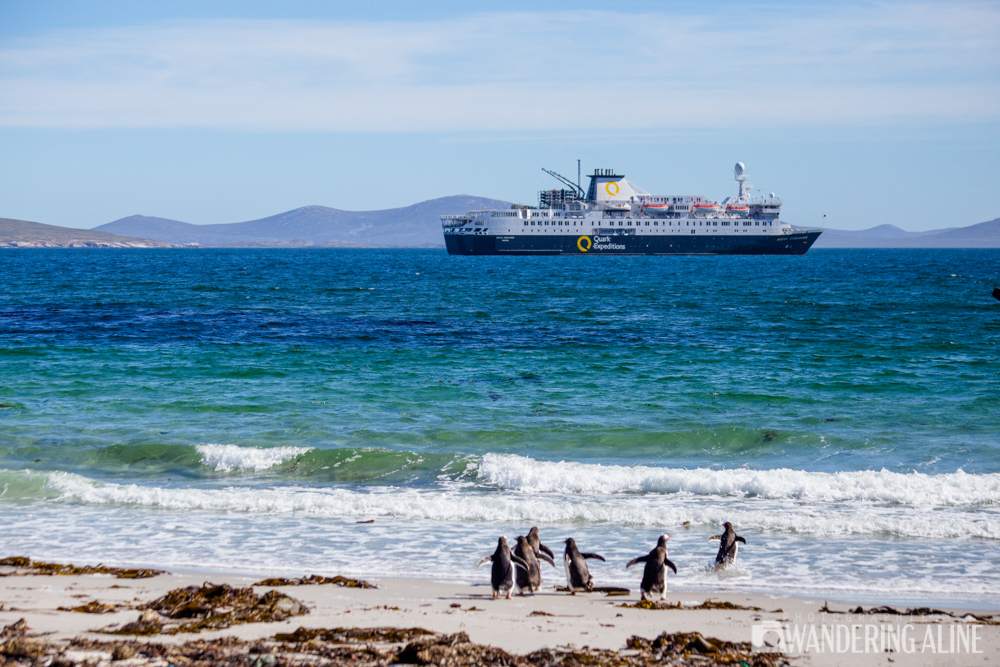
For example, if the subject of the photo is a mountain, I try to insert a river or animals in the foreground. In doing so, these components help deepen the image, give a 3-dimensional feel, and help establish perspective.
In front of this type of photo, the eyes will be able to travel through the image; the eye will unconsciously wander over the picture as it tells a story.

Include people in photos
Travel photography is usually focused on beautiful landscapes. However, having people as subjects in a photo makes it seem more personal.
People commonly say that photos make them “dream”; the same way they would if they were there! This effect is often created when there is a person and when they are anonymous; not seeing the subject’s face makes it easier to put yourself in the image.
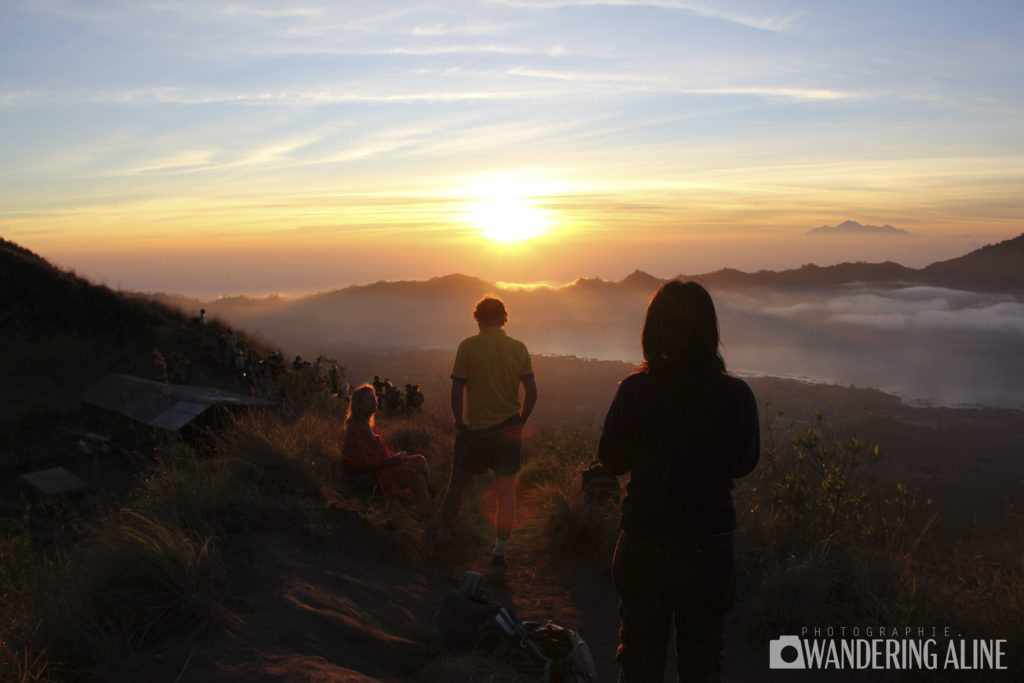
The human element also gives a perspective of grandeur. So, even if you are not really there, you can still get the feeling of the place.
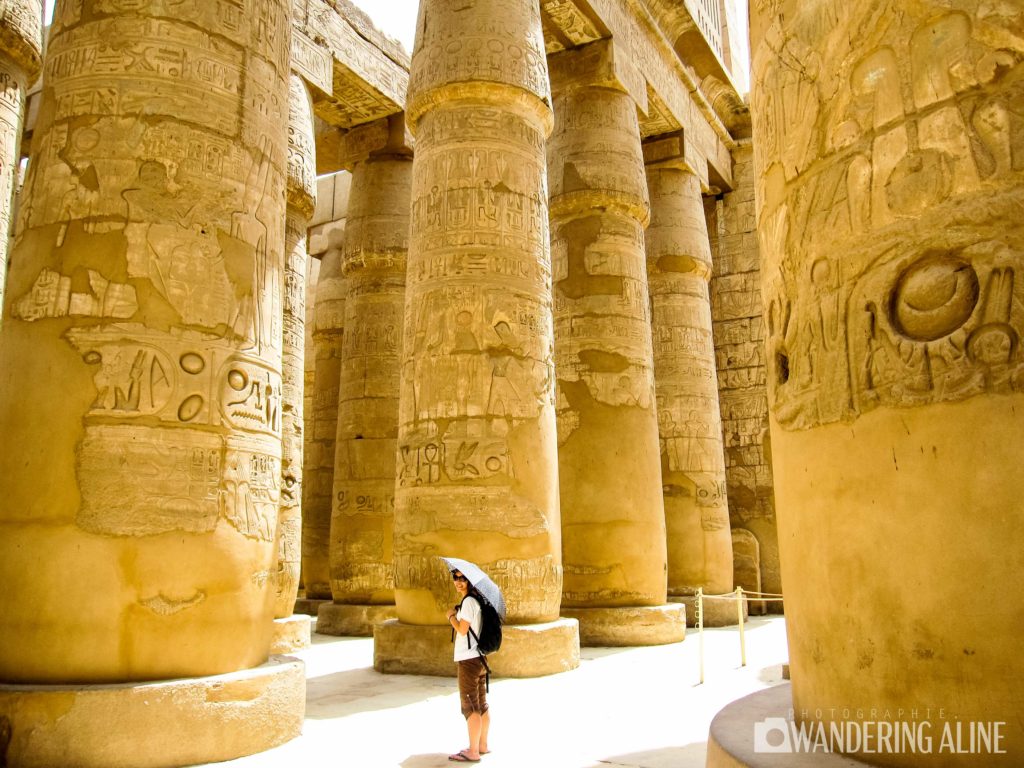
Bottom Line
Finally, my last tip is to remember to look up from the camera when doing travel photography.
It’s all too easy to get caught up in the image-making process and want to take the best picture, but you can’t neglect the beauty of the moment either.
Once you have mastered the process of image creation and photographic composition, you can tackle more advanced photo techniques!
Follow my adventures on my Instagram account @wanderingaline!


